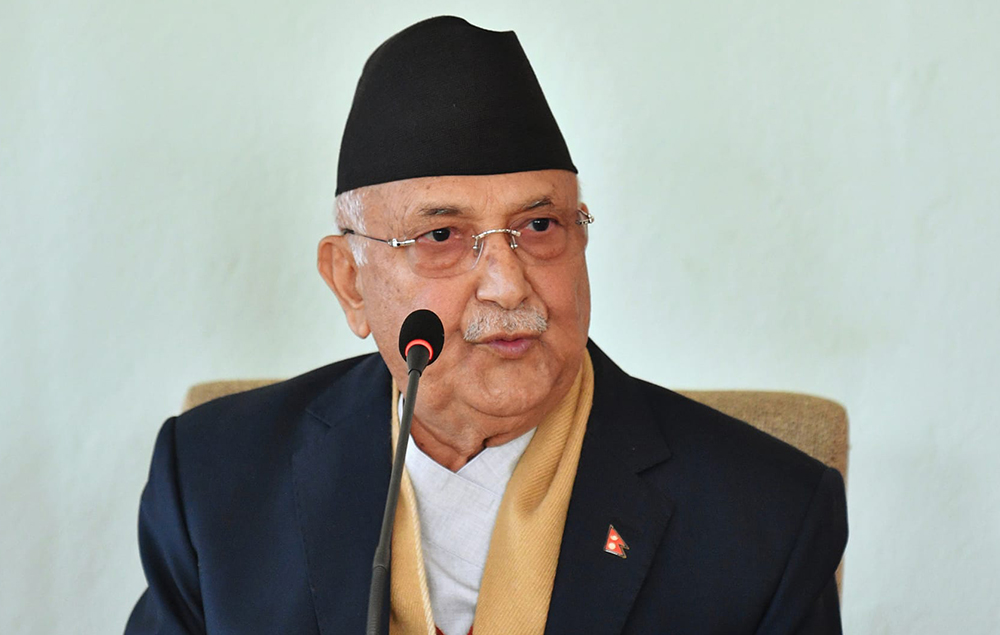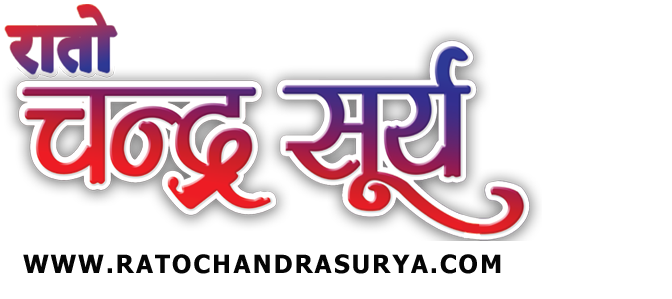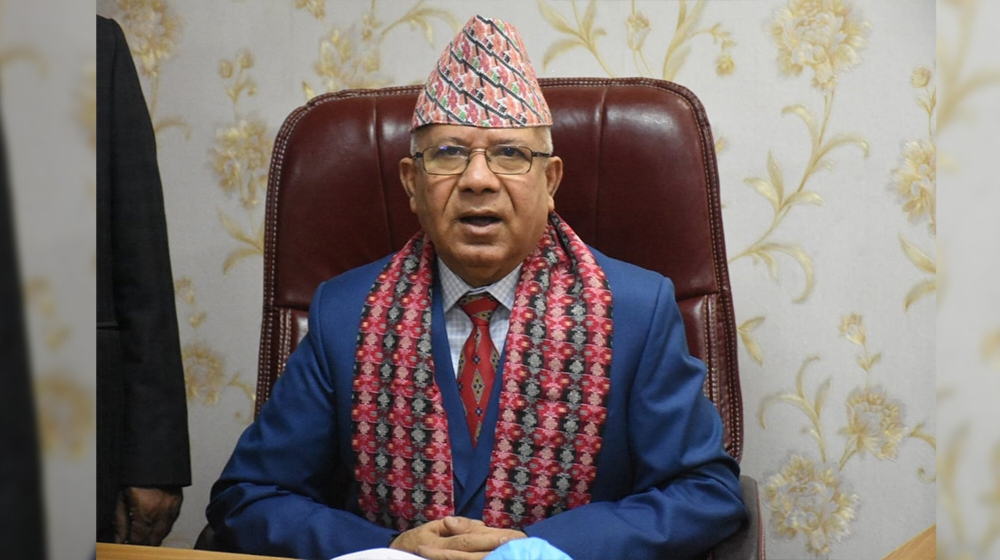
Rezina Tuladhar
Nepal legalized abortion in 2002 and has since taken important steps to improve women’s reproductive health. Public hospitals now offer free services, and thousands of health workers have been trained to provide safe procedures. These efforts have helped reduce maternal deaths and made abortion more accessible.
However, recent debates have revealed serious flaws in the country’s legal system. The Safe Motherhood and Reproductive Health Rights Act (2018) allows abortion up to 12 weeks by choice, and up to 28 weeks in specific cases such as rape, incest, HIV, or health risks to the mother. Yet contradictions with the Penal Code and bureaucratic delays have led to confusion among both medical professionals and the general public.
In several cases, women and even health providers have faced jail time for abortions or miscarriages considered “illegal.” Such legal inconsistencies make it difficult for women to get timely care and have pushed some toward unsafe and secret procedures. These risks are especially high for women living in rural or marginalized communities, who may not know their rights or lack access to certified clinics.
Human rights organizations are now urging the government to reform the system. They call for the decriminalization of abortion, better awareness campaigns, and a clear, unified legal structure. Groups like FWLD, Ipas Nepal, and YoSHAN are actively pushing for change, emphasizing that no one should suffer punishment for making personal health decisions.
International bodies such as the CEDAW Committee and the Universal Periodic Review (UPR) have also urged Nepal to align its laws with global standards and protect women’s reproductive freedom. For Nepal to truly uphold the dignity and well-being of women, its laws must evolve.
Sudina Shrestha
प्रकाशित: ३१ असार २०८२, मंगलवार २०:१३
२०८२ साउन १० गते शनिबार: आजको राशिफल
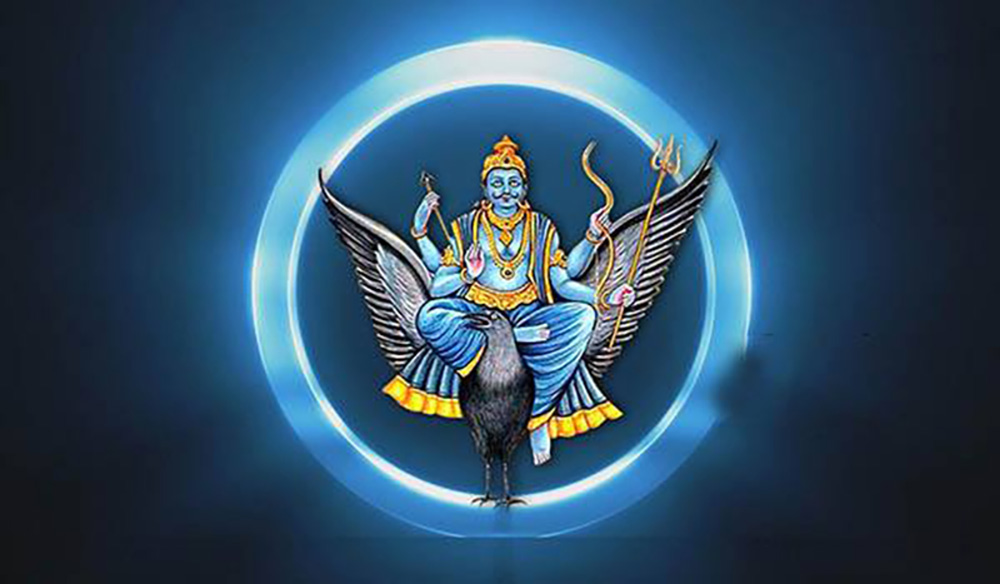
Rising Nepal Summit 2025 : Paving the Path for Investment and Growth
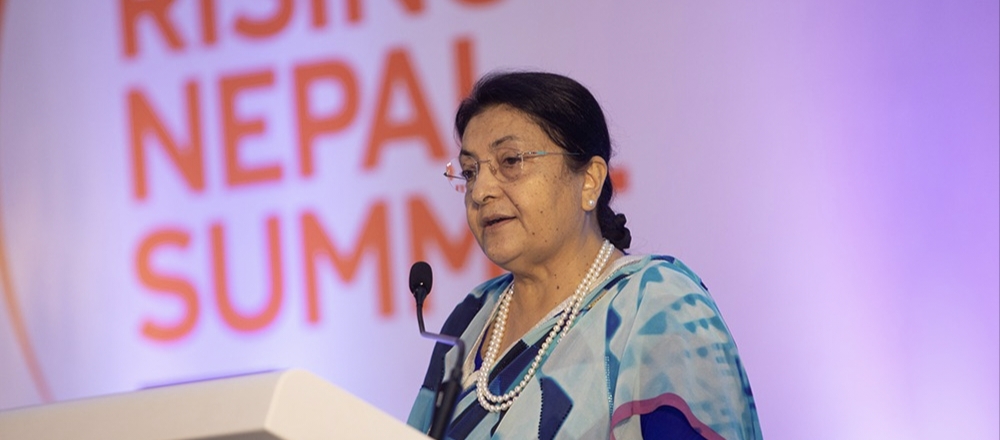
द हिडन ट्रेजर्स मिस नेपाल २०२५को स्यास समारोह पुलचोकस्थित ‘द प्लाजा’ मा भव्य रूपमा सम्पन्न

भिजिट भिसा प्रकरण रास्वपा र राप्रपाको आजपनि संसद बहिष्कार
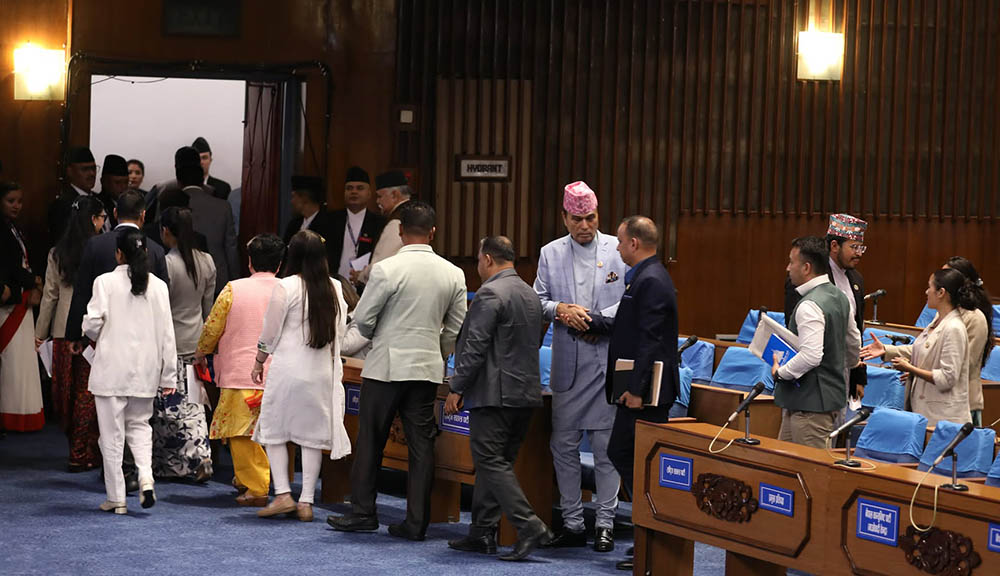
एक महिनासम्म मनाईने ‘गुँला पर्व’ आजदेखि
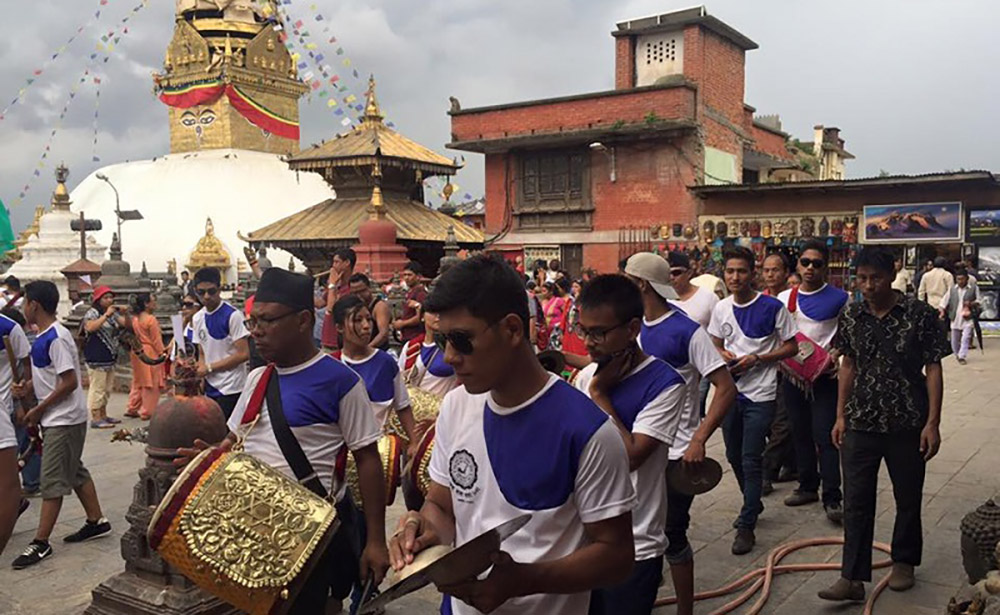
प्रधानमन्त्री ओली आज महोत्तरी र बारा जाँदै
